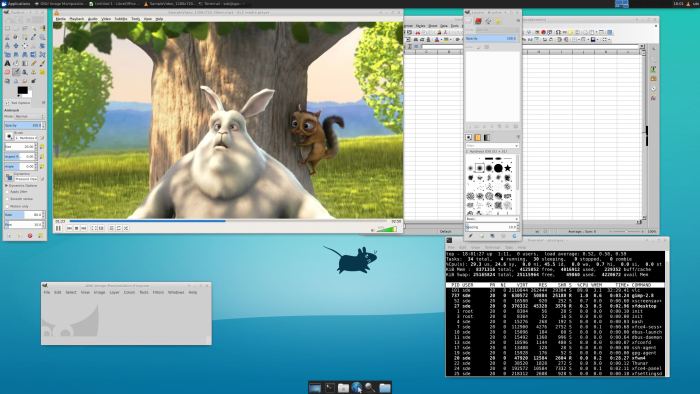Last Updated on January 1, 2021
Other Features
There’s an icon added to your Windows tray which offers a menu to make it easy to switch between the different modes.
![]()
You’ll see from the menu there’s DPI scaling. By default, DPI scaling is not applied. When this option is selected, X410 automatically scales the output according to the current Windows display settings. This is useful if you’re running a HiDPI monitor, or if your X-Window app doesn’t offer a scaling option.
X410 has two options for DPI scaling in Windowed Apps mode: ‘Default’ and ‘High Quality’. The ‘Default’ option uses a linear image scaling algorithm that’s fast but the output is blurry. The ‘High Quality’ option uses a cubic algorithm and generates crisper output but requires more CPU cycles.
X410 only allows loopback network connections to enhance security. The menu option also has a Public Access option. This feature lets you directly connect to X410 from local virtual machines or trusted remote computers. If you use Public Access option, it’s essential to ensure Windows Firewall limits hosts that can access X410.
X410 uses X.Org code but has no dependencies on Cygwin libraries.
Pages in this article:
Page 1 – Introduction
Page 2 – Installation and Configuration
Page 3 – In Operation
Page 4 – Other Features
Page 5 – Summary

but why would you pay for an operating system to be able to use a free one within… there is no point…. now the other way around LSW would actually make sense. Solid stable OS running the red headed stepchild of OS’s out there Windows.
There’s lots of point. For example, my work provides me with a Windows laptop. I didn’t pay for the Windows license. Running an X server lets me use my fav Linux apps on the Windows machine.
Exactly James, there must be billions with Windows machines, don’t want or can dual boot, don’t want to wipe Windows or use virtualization software, yet still want to try something different (and better).